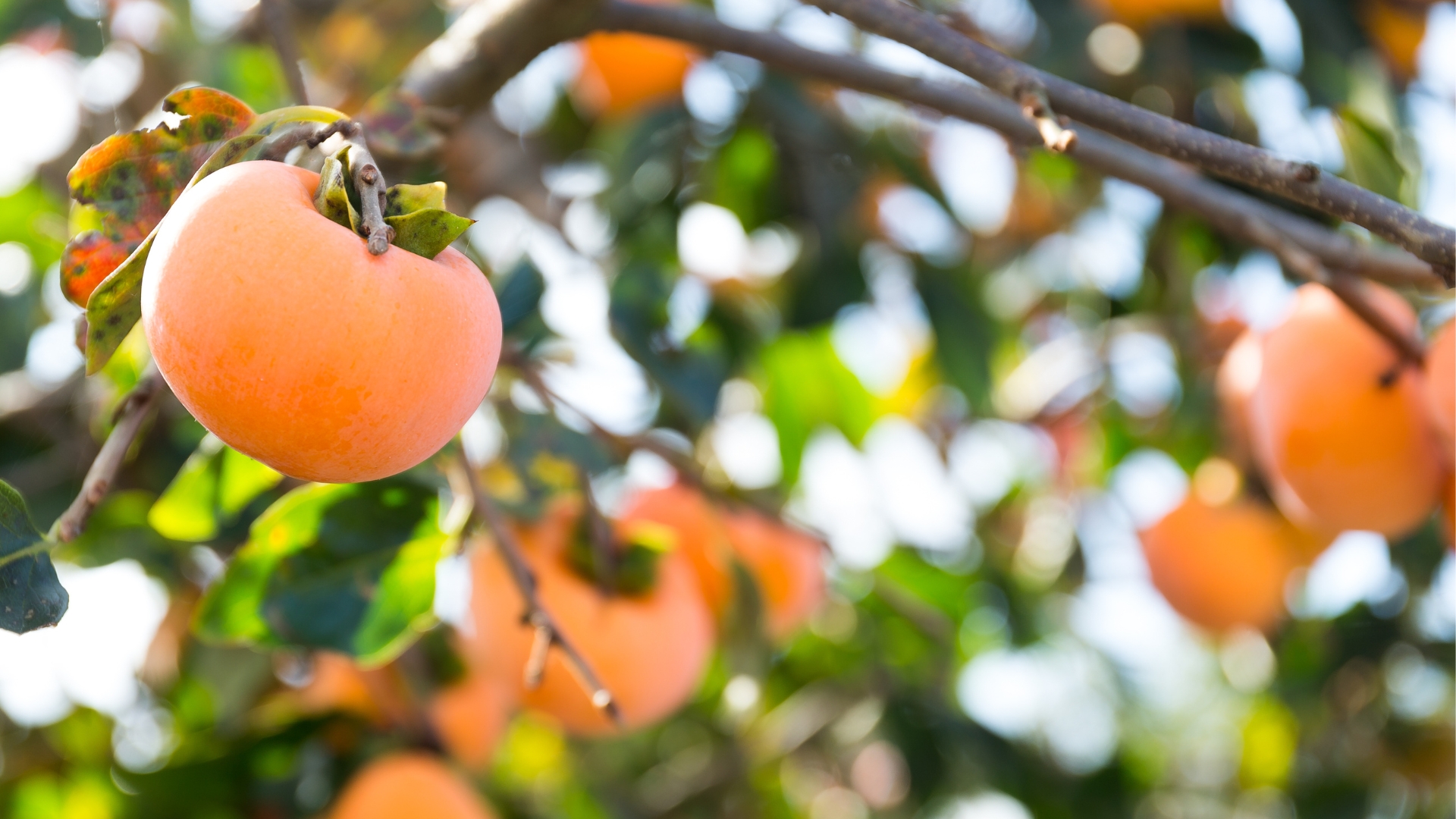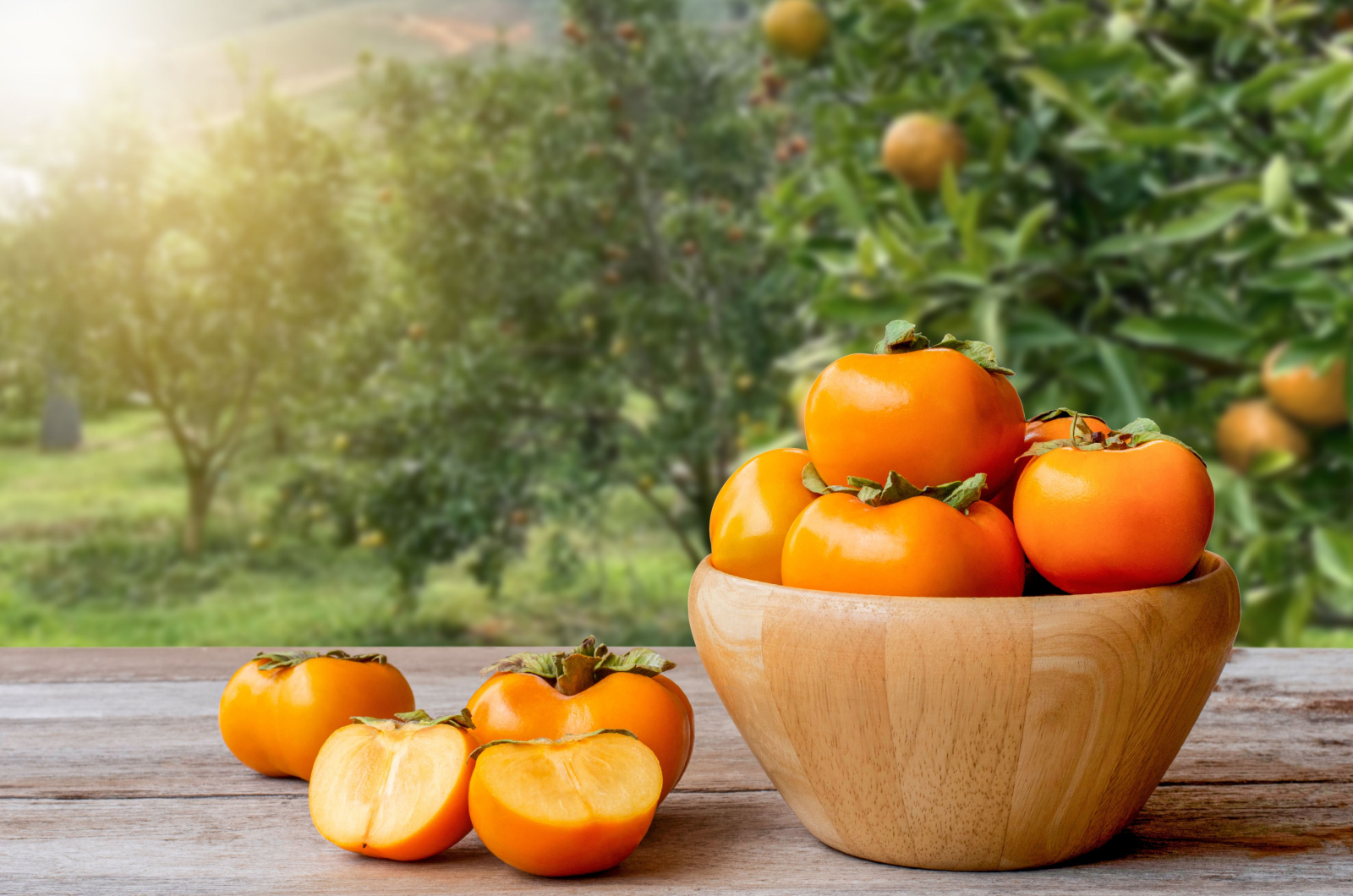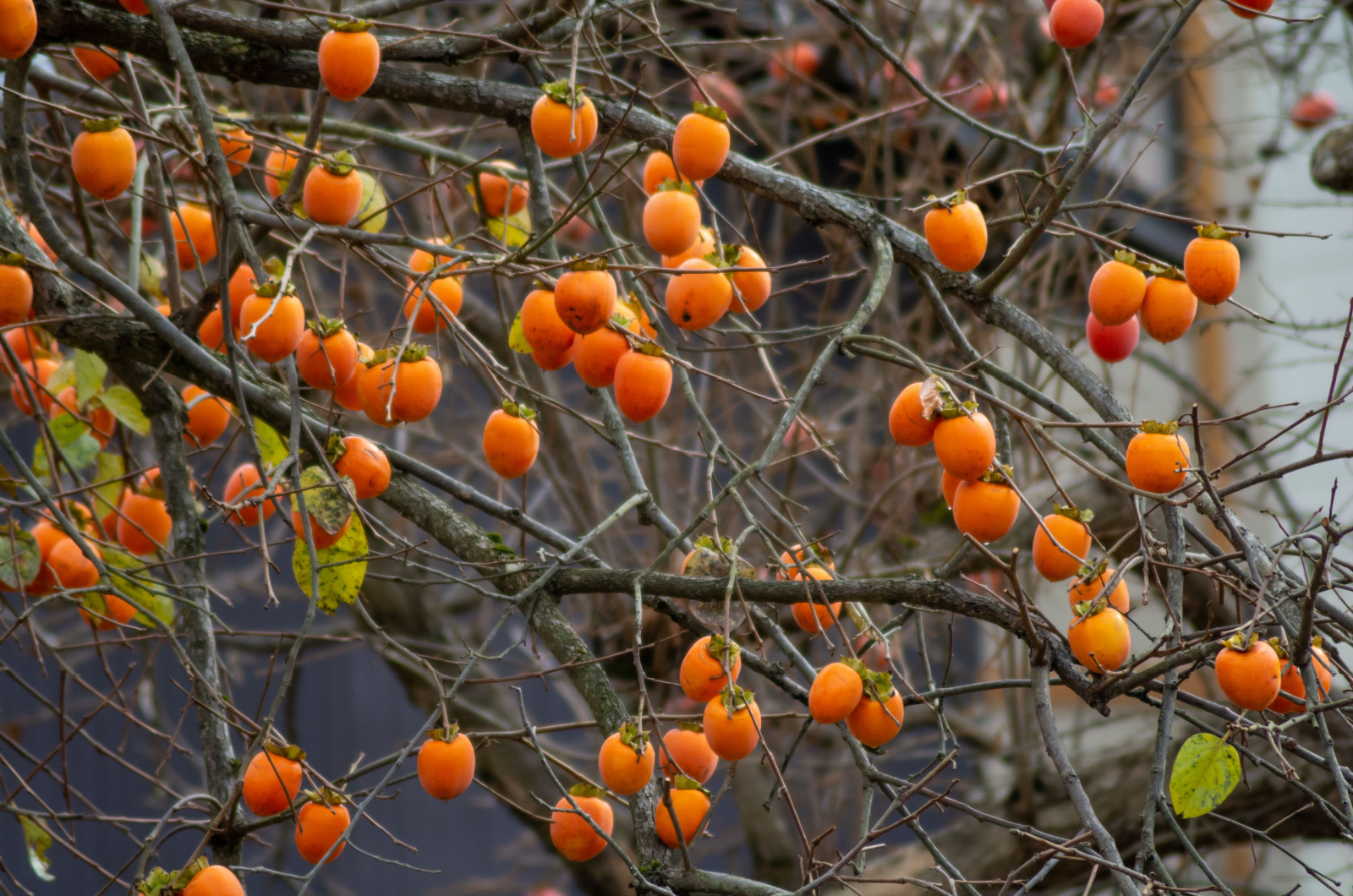If you have a smaller garden but still want to grow fresh and delicious fruits, consider planting a persimmon tree!
These unusual trees can be grown in pots and containers, bringing sweet and flavorful harvests to your small space. Plus, their strange, orange fruit will add a pop of color and make your outdoors more vibrant and lively.
In this article, we’ll explain how to cultivate a persimmon tree in a pot and what to consider before planting. Stay tuned to find out more!
Consider This Before Growing A Persimmon Tree
In case you didn’t already know, persimmons are popular fruit trees that produce fruits with a sweet and unique taste. What’s so special about them is that they can be grown in containers, making them perfect for smaller gardens and patios.
Still, there are a few things you need to take into consideration – the first one are USDA growing zones. Persimmon species are hardy in zones 4 through 9, but most are relatively resilient and can withstand both high and low temperatures.
If grown in the ground, the tree can get quite huge. If you decide to grow it in a container, opt for dwarf cultivars such as Fuyu Persimmon, which is hardy in zones 7 through 11.
However, you can grow and maintain a normal-sized cultivar in containers, but you’ll have to prune it more frequently. Opt for a container that is three times larger than the pot that your persimmon tree came in.
Remember to repot into a larger container as the plant grows (possibly every 2-3 years).
Note that persimmon trees don’t provide many fruits for the first five to six years of their life. But after that, their fruit productivity will progressively rise. I would recommend you to buy a tree that is already 1 or 2 years old.
Related: 10 Bare Root Fruit Trees Perfect For A Bumper Harvest Next Season
The Right Growing Conditions For A Persimmon Tree
When it comes to persimmon tree plant care, the instructions are pretty simple. Plant your exquisite persimmon tree in slightly acidic to neutral soil that drains nicely. Add compost when planting for an extra nutrient boost – this will help your tree develop quicker and better.
Add mulch once a year on the surface of the soil to prevent weed growth and ensure that the soil stays good for a longer period. Don’t suffocate your tree with mulch as it may lead to trunk rot; it’s best to add an inch of mulch around the trunk’s base.
Put your persimmon tree in a place with full sun to partial shade – it needs about 6 to 8 hours of sunlight during the day to grow healthily.
If you are growing persimmons in the ground, you won’t have to worry about watering because these trees are relatively drought tolerant. However, container persimmon trees will need frequent watering, especially during the warmer months. Don’t let the soil dry out!
This video might be useful:
Fertilizing fruit trees should be done in late winter or early spring, before they start producing new growth. For your persimmon tree, use slow-release granular fertilizer and follow the recommended dosage displayed on the packaging.
Avoid overfertilization as it can damage your precious tree and lead to burning and stunted growth.
We’ve already mentioned that they need repotting every 2 to 3 years – when repotting, don’t disturb the roots and always get a container that is a bit larger than the previous one.
And lastly, protect your persimmon tree from extremely cold temperatures and strong winds by moving it indoors.



